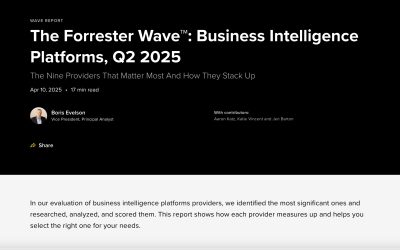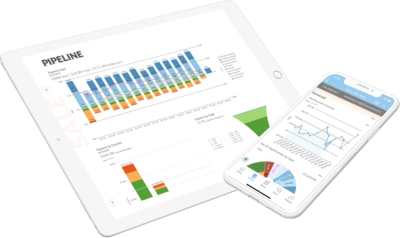Best practices for effective data governance
The importance of good data governance is indisputable given the significant role that data plays during decision-making, especially within a business. An effective data governance strategy guarantees that employees have access to the appropriate data they need in order to make informed decisions. Data governance also makes certain that the data being used for analysis is accurate. The business doesn’t have to invest too much time or money to gain critical insights. However, all of this can become a reality only if the organization adheres to the best practices for data governance. What does that mean for your business? Keep reading as we discuss the best practices for good governance.
Maintaining compliance
Regarding compliance, rules and regulations differ from one industry to the other. The geographical area also determines the level of compliance required. Some have a strict level of compliance characterized by a long list of regulations. Excellent examples are pharmaceutical companies and banks. It is essential to make sure that compliance isn’t overlooked when it comes to governing your data.
It is a great practice to safeguard data against misuse. To do so, you must research all the rules and regulations governing your industry. Preferably, involve experts from all the departments to ensure that the findings are sufficient to support good data governance.

Effective communication
Communicating at all times with stakeholders is yet another best practice that supports excellent data governance. Don’t just focus on communicating–make sure that the communication is consistent and effective. If everything about your organization’s data governance is going according to the expectations, do not hesitate to voice your appreciation to employees that are making it possible. Similarly, don’t fail to point out if they don’t go as planned.
Measure progress
As far as data governance is concerned, what progress has your organization made? Be consistent when it comes to the metrics that you use to track your organization’s progress with effective data governance. Otherwise, tracking the progress may become complicated or inaccurate.
As you assess progress, be open to change since things don’t always go according to plan. If a need arises, adjust your processes to ensure that your company’s data governance is improving.
Work with a clearly defined structure
If you want successful data governance, defining each team’s roles is necessary. Besides functions, ownership and responsibilities also need a clear definition. Preferably, adopt a framework that governs how all this works. Confirm that every team fulfills its role; failure to do so compromises the necessary collaboration among the teams and the quality of the data. Most frameworks incorporate joint teams, including data users, stewards, owners, managers, the tactical unit, and the data governance board or council.
The framework should explain how the available data is used. It also assigns someone the role of monitoring if the information is used as described. On top of that, some processes define how compliance and quality of data are maintained at all times.
Limit data access privileges
Granting the same permissions to all users may be tempting because it’s quick and easy. Resist this temptation. Only give users access to data that is necessary for them to perform their job functions. This practice will reduce the chances of people misusing data, which is essential for excellent data governance.
Observe simplicity
Don’t forget, businesses have more to do outside of data governance. Data governance efforts shouldn’t derail teams from performing their primary roles. Making the policies, procedures, and processes easy to understand and follow will lead to a smooth adoption of a data governance plan.

Don’t overlook unstructured data
Most businesses have a fairly good governance strategy regarding structured data stored in databases or data warehouses. However, sometimes companies have information stored in shared drives, folders, and files. Despite being relatively disordered, there is value in this kind of data. Unfortunately, it is also at a high risk of unauthorized access. For that reason, ensure that your data governance policies don’t overlook this type of data. Make certain that every piece of data is accounted for, or else it will be misused without your knowledge.
Set goals
Setting goals regarding data governance should be one of the first things you do to set the direction for your organization to follow. Once you have these data governance goals, assign someone the responsibility to measure your progress. Ensure that these goals are achievable. Developing a good data governance strategy is a big undertaking, so setting small milestones as you progress is advisable.
Adopt standard data formats
Remember that data will come from various sources and in different formats. This discrepancy can make it hard to process data once it is consolidated at the end of the day. The inconsistency also makes it hard for people to understand it. Having standard data formats can help in these circumstances. Fortunately, business intelligence tools make it easy to set these common data formats. It has what it takes to assist in data normalization. Under such circumstances, understanding and processing the data from various sources becomes a breeze.
Consider automation
Data governance works through various processes, including permission requests, approvals, and workflows. Fortunately, these are things that are easy to automate with the right software. Upon automation, these processes save resources and time, thus making implementing a data governance program easy.
Final Words
No business can afford to overlook data governance if it wants to make constructive decisions based on its data. Companies should consider following these recommended practices when dealing with this vital organizational component. They make the involvement of various teams easy, thus ensuring that they work seamlessly to achieve the overall goal of the business.
Check out some related resources:

10 Power BI Alternatives and Competitors in 2025

Domo Named a Strong Performer in The Forrester Wave™️: Business Intelligence Platforms, Q2 2025






